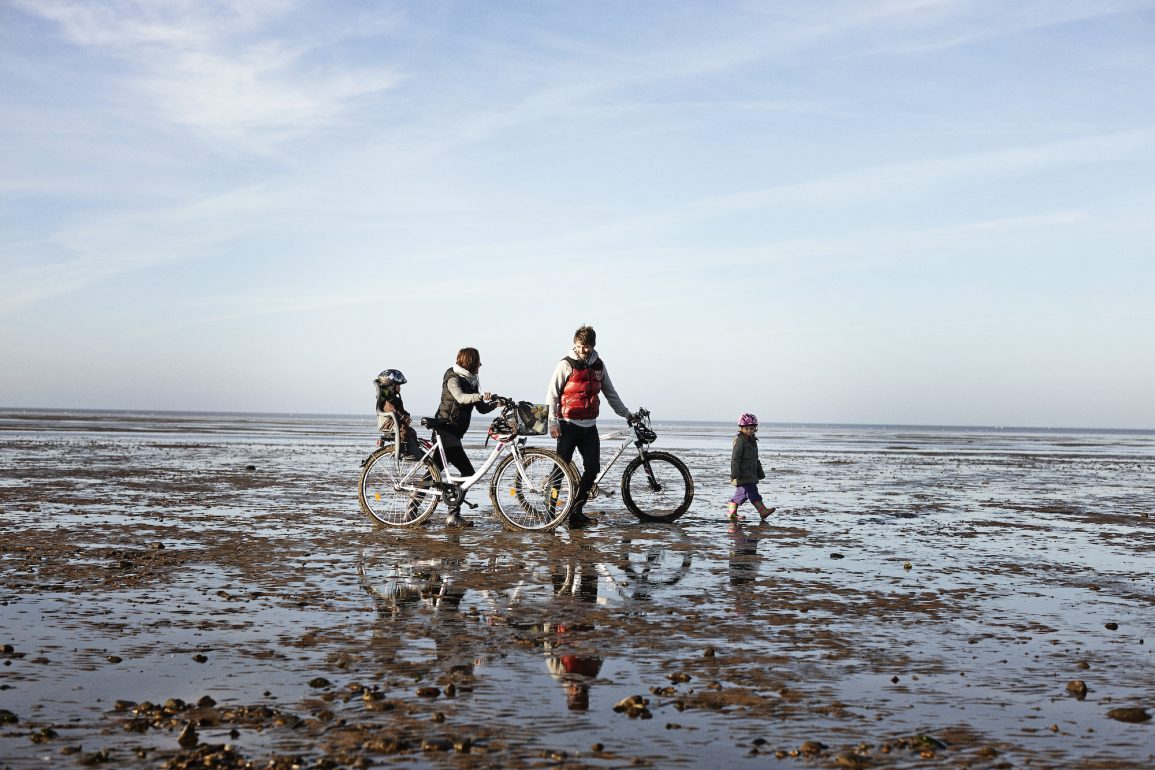10 Things You Didn’t Know About Danes and Their Bikes – Denmark, one of the world’s greatest cycling countries, will host the world’s greatest cycling race, the Tour de France, at the start of July 2022. In honour of the upcoming event discover some of the most unexpected and curious things that Danes get up to on their bikes, including for this year only, the option to get married at the Tour de France.
- Babies can be born on a bike
Danes cycle everywhere – even to the labour ward to give birth. It’s partly because Danish cycling infrastructure is so safe and well developed that it’s often quicker to cycle to your destination than it is to drive. It’s not unusual to see a weeks-old baby being cycled around the city in a cargo bike – why not start your life the way it’s going to continue?
- Children love to play in the traffic…
The traffic playground, that is. Denmark is so bike-orientated that it has several bike playgrounds where children can play on empty streets, set up with traffic lights and street furniture so children can learn how to navigate bike paths along city streets in a fun environment. The Traffic Playground in Fælledparken, Copenhagen, is one of the best-known examples.
- Die-hard cyclists can get married at a cycling race
This summer is possible to celebrate your love of cycling and your love of your partner at the same time by getting married in Copenhagen during the iconic Tour de France race. The open-air ceremony is available at Fælledparken during the bicycle festival FestiVélo. Whether you wear white or opt for lycra and a yellow jersey is up to you…
- Danes can borrow a bike from a specialist bike library
These specialist libraries are where cyclists can try out different bikes and see what they like best before they buy. In the cyclists’ library in Odense, citizens can try cargo bikes and electric bikes to see what suits them best, while in Aarhus, a smart mobility project offers folding commuter bikes, lightweight bikes and electric bikes for a week’s free trial so locals can see how they fit into their daily routines.
- Age is no barrier to having the wind in your hair
The Danish project ‘Cycling without age‘ aims to connect older people with the joy of cycling by taking elderly people from their nursing homes out into the fresh air in comfortable, red-canopied cargo bikes. The project helps over 30,000 people every year and this year aims to tackle parts of the Tour de France route with its elderly passengers, including a ride over the Storebælt bridge.
- Meals on wheels means something different here
Who says cooks should stay in the kitchen? Cykelkokken, a cycling chef, roams Copenhagen with a bike that doubles as a restaurant. The ‘Bike Cook’ experience pairs a cycling tour of the city with regular rest stops when chef Morten Kruger Wulff opens his cargo bike and unveils a food preparation surface and cooking area, cooking delicious Danish food with views of the harbourfront.
- One last bike ride
In Denmark, it’s possible to take one last ride at the end of your life. In Copenhagen, there is a specialist undertaker that transports coffins by custom-made cargo bike. Sille Kongstad is a female undertaker known for taking her passengers on their final journey to a church, crematorium, or burial site, laden down with flowers. The funeral party typically walks or cycles alongside.
- Danes put their sofas on a bike
It’s not unusual on the first or fifteenth of the month to see young Danes moving house by bike. If you spot a strange item of furniture balanced on a cargo bike during a stay – that’s what is going on! In a similar way, around Christmas, you might see fir trees being transported around the city in cargo bikes or under the arms of strong cyclists. It’s a creative and sometimes necessary way to tackle car-free living.
- Bike architecture is a thing
Bike architecture refers to urban design that puts cyclists first. In Denmark’s case, that includes angled dustbins by the side of cycle paths that suit passing cyclists, specialist bridges just for bikes that take them out of busy roads and offer faster routes, traffic lights timed to let cyclists go first, and of course, separate bike paths from the main roads. In many cities, cycle counters are set up to show how many cyclists pass down each road for the day.
- There’s even a cycling embassy in Denmark
If you want to know more about cycling in Denmark, the Cycling Embassy of Denmark is the place to start. The embassy exists to encourage cycling all over the world by sharing its many decades of knowledge and expertise on the subject. It’s used by city planners and policymakers all over the world wanting to learn more about and promote cycling as a mode of transport.
Find out more about cycling in Denmark, including cycling the Tour de France route and Denmark’s other long-distance cycle paths here.
Poppy Watt


